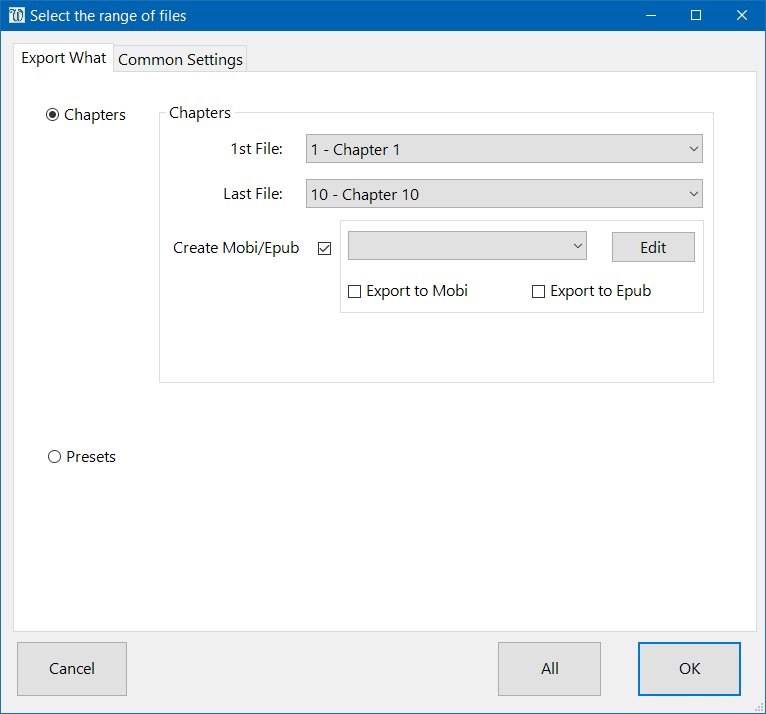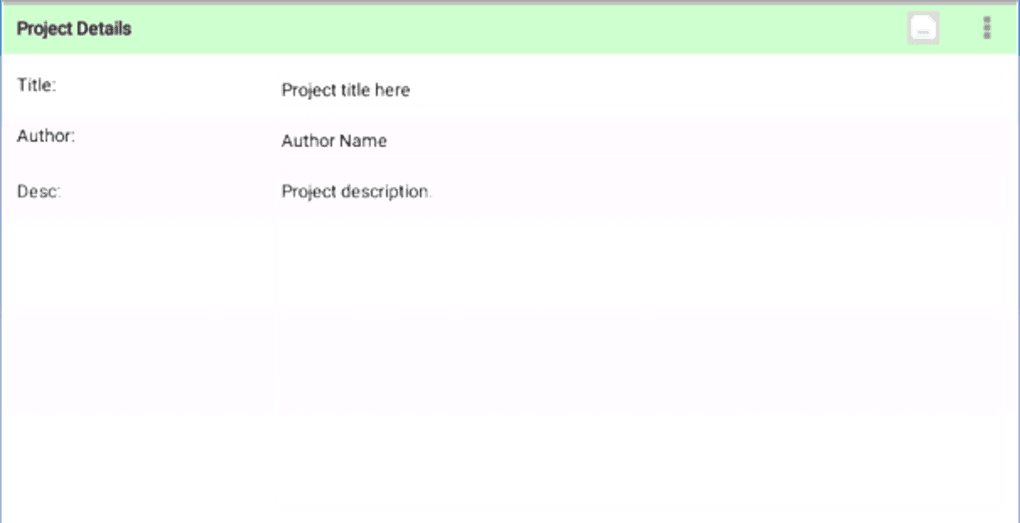


Yes, Scrivener considers that writers of fiction (and non-fiction and scriptwriting) want the templates to do the job right, but they also want the tools to organize the job so that the scenes and chapters fit into the manuscript format seamlessly. For a $300 piece of writing software, it had better do at least that.īut Scrivener has that exact same template, too, and it offers that template because it knows it’s made for writers, not just for business professionals and academics who think a thesis is supposed to be nothing more than a list of three arguable points and a loose interpretation of how those points fit together. Sure, Microsoft has made the effort to recognize the average novelist by providing a manuscript template that’s great for those who aspire to publish traditionally. For students and professionals, this beauty is a hottie.īut, for the average storyteller, Microsoft Word’s templates are-how shall we say?-quite limited:

For anyone who has ever explored Microsoft Word thoroughly, he or she will find that the beauty of Word is not in the user’s ability to type in a bunch of words on a document and hit save, but the ability for him to type in a bunch of words on a pre-rendered template and hit save.


 0 kommentar(er)
0 kommentar(er)
